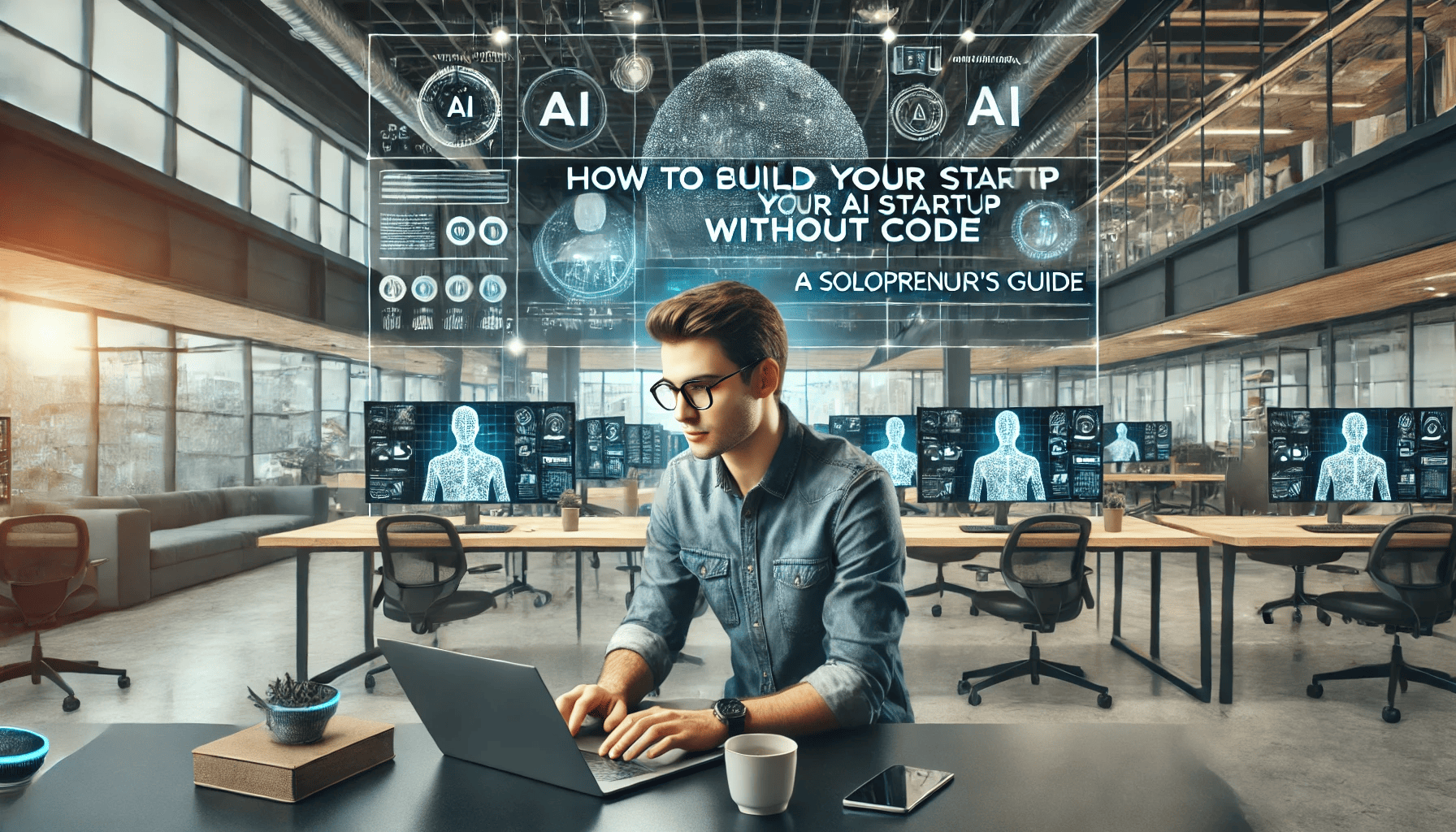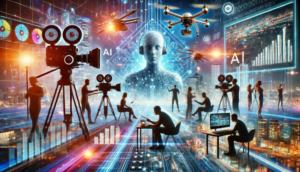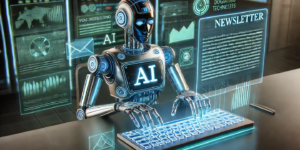How To Build Your AI Startup Team Without Code: A Solopreneur’s Guide
Revolutionizing startup operations with AI startup teams has become the new frontier for ambitious entrepreneurs seeking to maximize efficiency while minimizing overhead costs. In 2024, my startup underwent a remarkable transformation – we went from a nine-person team to just four human employees, with AI agents handling the rest of our operations. This groundbreaking shift not only maintained our productivity but also demonstrated the immense potential of AI-powered teams in modern business operations.
We strongly recommend that you check out our guide on how to take advantage of AI in today’s passive income economy.
Table of Contents
The Rise of AI Startup Teams
The landscape of entrepreneurship is experiencing a seismic shift as AI agents emerge as viable alternatives to traditional human teams. These sophisticated systems can handle an array of tasks that previously required human intervention, from content creation to quality assurance. The implications are profound – millions of jobs worldwide will soon be transformed by AI agents, while thousands of tech companies and startups will streamline their operations by reducing their dependence on human labor.
The Solopreneur Advantage
For aspiring founders who dream of running a SaaS business but feel overwhelmed by team management, this technological revolution presents an unprecedented opportunity. The ability to operate as a solopreneur while maintaining high productivity levels has never been more achievable. This early-stage advantage allows founders to build lean, efficient operations without sacrificing output or revenue potential.
Building Your AI Content Creation Team
Fine-Tuning Your AI Model
The journey begins with content creation, a crucial aspect of any modern business. While many attempt to use ChatGPT for content generation, the results often fall short of expectations. The key lies in understanding that AI models, like human employees, require proper training and orientation. Simply providing basic instructions or system prompts isn’t enough – we need to fine-tune the model with specific examples and clear brand guidelines.
Creating Training Data
To effectively train your AI model, gather 20-50 high-quality examples of content that align with your vision. For each piece, reverse-engineer the prompts that would generate such content. This process creates a robust training dataset that helps your AI understand your unique style and preferences. The training data should be formatted in JSONL format, with each example containing both the prompt and the desired response.
Implementing Brand Guidelines
A crucial step often overlooked is creating comprehensive brand guidelines. This document should outline your core values, content themes, objectives, and brand voice. Think of it as an onboarding document for your AI team members. These guidelines ensure consistency and alignment with your brand’s vision across all AI-generated content.
Building an AI Agent Network
The Power of Collaboration
While a fine-tuned model is valuable, true automation comes from creating a network of specialized AI agents working together. This system involves multiple agents handling different aspects of the content creation process – from generating ideas to quality control and final publication.
Setting Up the Workflow
Using n8n, an advanced automation tool, we can create a sophisticated workflow where AI agents collaborate effectively. The process begins with one agent generating topic ideas, another creating content based on these ideas, and a third providing quality control feedback. This iterative process ensures high-quality output that consistently aligns with brand standards.
Quality Control and Refinement
The feedback loop between AI agents is crucial for maintaining quality standards. By implementing specific criteria and scoring systems, we can ensure that all content meets predetermined quality thresholds before publication. This automated quality control process helps maintain consistency while reducing the need for human intervention.
Automation and Integration
Streamlining the Process
The final step involves integrating your AI team with your existing tools and platforms. Using APIs and automation tools, you can create seamless workflows where content moves automatically from creation to publication, requiring minimal human oversight. This integration is key to achieving true automation and efficiency in your operations.
Scaling Your AI Team
One of the most powerful aspects of an AI startup team is its scalability. Unlike traditional teams, AI agents can handle increased workloads without additional overhead costs. This scalability allows solopreneurs to grow their operations without the traditional constraints of team management and human resource allocation.
Future Implications
The emergence of AI startup teams represents a fundamental shift in how businesses operate. This transformation enables founders to focus on strategic decisions while AI agents handle operational tasks. As these technologies continue to evolve, we can expect even more sophisticated applications and possibilities for AI-powered teams.
Embracing the Change
For entrepreneurs willing to embrace this change, the opportunities are enormous. By building an AI startup team, you’re not just reducing costs – you’re positioning your business at the forefront of a technological revolution that’s reshaping the entrepreneurial landscape.

We strongly recommend that you check out our guide on how to take advantage of AI in today’s passive income economy.




